My Various Hobbies...

Several years ago, I gave a winning eBay bid of about $100 for a new 9x13', 2-room, Coleman Forester tent. It's been a great tent. It's spacious , it has enough headroom that I can stand (always a handy feature in a tent) and it has never leaked even while tents around us became wading pools.
I am sad that two segments of the center tent pole have cracked. The pole has 9 segments, connected by shockcord, and it has to bend 180° in about 17 feet. The third segment on each end is damaged. Apparently, it endures more stress in that position. Two other segments are a bit bent, but not cracked.
 Tenting at Kentucky Lake, 2003 Tenting at Kentucky Lake, 2003
|
I've tried to find a replacement pole because the tent body is still in pretty good shape. I couldn't find any replacement parts on the
Coleman website so I called the customer service line. After all, Coleman is famous for offering
replacement parts for their products.
The Coleman CSR confirmed that they have no parts for the Forester. She gave me the specifications of the pole and the telephone number of a firm that makes custom tent poles. I've tried calling but my every attempt ends with the error message, "Your call cannot be completed as dialed."
I've continued searching the internet hoping to find a replacement pole but so far, I haven't found anything that will work. While googling around, I've come across
other accounts of
cracked poles for the Coleman Forester. Those stories weren't around when I did a lot of research before buying the tent. I guess their pole problems developed over time, just as mine did.
Today, I took out the shockcord in the broken pole and rearranged the segments so that the damaged ones are in a place where they won't have to bend as much. Then I wrapped them very well in duct tape. I also reinforced the segments that have been moved to the location that caused the cracking.
I don't know how long the repair will last, but it should be good for a few more trips. Maybe the body of the tent will eventually develop a zipper problem or something so I won't feel bad about junking it.
This evening, I found a promising website for
replacement tent poles and I sent an inquiry. I also learned this evening that there are inexpensive
pole splints for repairing broken tent poles. I may order several of them for the unlikely circumstance that the duct tape doesn't hold. I find myself unwilling to invest much money now that I have done a redneck repair job that will probably last a while.
I'm just guessing, but I wonder if problems with the center pole might be the reason that Coleman no longer has this particular tent. Next time I buy a tent, it won't have a pole that has to bend completely double like this one does. I might as well say that I won't buy a dome style tent because I think the 180° bend is the basis of their poling system.
I'm not complaining about the tent. Over the last four summers, I've used it quite a lot, and Keely has borrowed it several times for SCA as well. It's seen a lot of set-ups. We've definitely had $100 of use and enjoyment from it. Just a night or two spent in the tent instead of a motel made up the price. All in all, it's been a great tent, and if I didn't love it so much, I wouldn't be trying to fix it.
 The Forester at the Niobrara River, 2004
The Forester at the Niobrara River, 2004
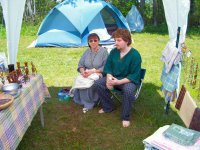 The Forester at an SCA event, 2006
The Forester at an SCA event, 2006- - - - - - - - - - - - - - - - - - - - - - - - -
Just everyone is doing torture in a tent -- An amusing read about the joys of pitching a tent.
- - - - - - - - - - - - - - - - - - - - - - - - -
Technorati tags:


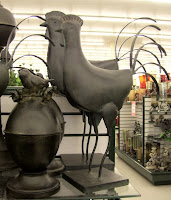
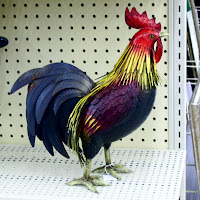



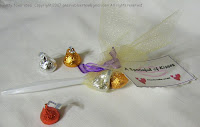








.jpg)
 This little Gateway computer used to have Windows 98 on it. When Microsoft stopped providing security updates for Win-98, I decided to install
This little Gateway computer used to have Windows 98 on it. When Microsoft stopped providing security updates for Win-98, I decided to install 




 I'm
I'm 
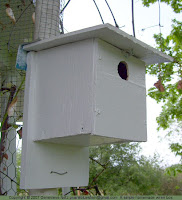
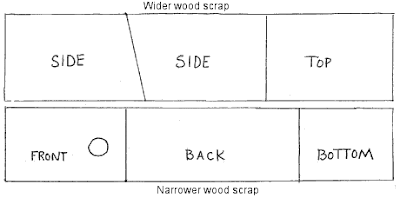







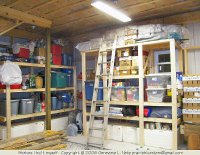
 Several years ago, I gave a winning eBay bid of about $100 for a new 9x13', 2-room, Coleman Forester tent. It's been a great tent. It's spacious , it has enough headroom that I can stand (always a handy feature in a tent) and it has never leaked even while tents around us became wading pools.
Several years ago, I gave a winning eBay bid of about $100 for a new 9x13', 2-room, Coleman Forester tent. It's been a great tent. It's spacious , it has enough headroom that I can stand (always a handy feature in a tent) and it has never leaked even while tents around us became wading pools.


